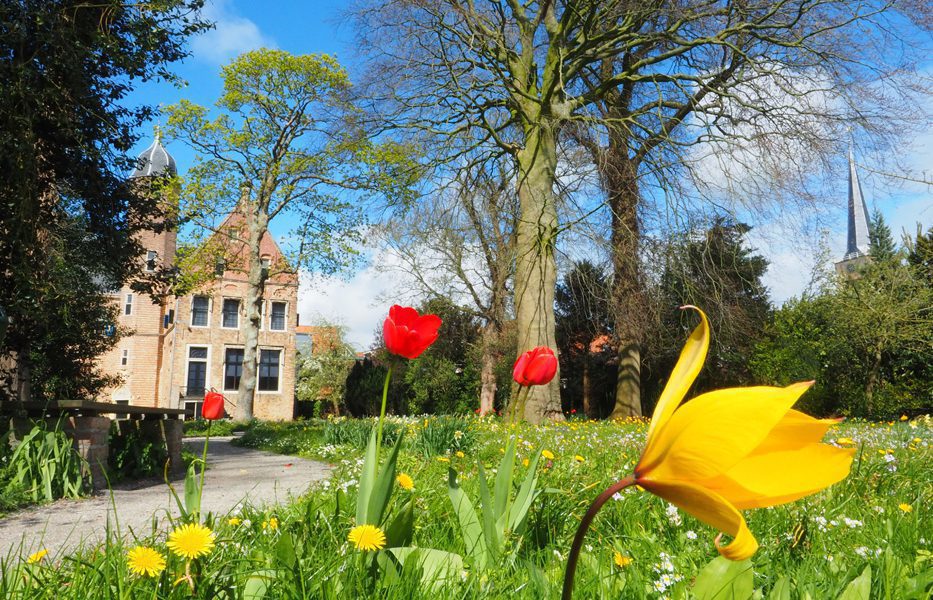City no. 10: Franeker – Former university town
Visit a real castle, meet clever Frisians and admire top-notch modern art in a historical setting? Then the center of former university town Franeker is the place to be; it’s the only Frisian town with a sturdy castle: Martenastins, which houses Museum Martena.
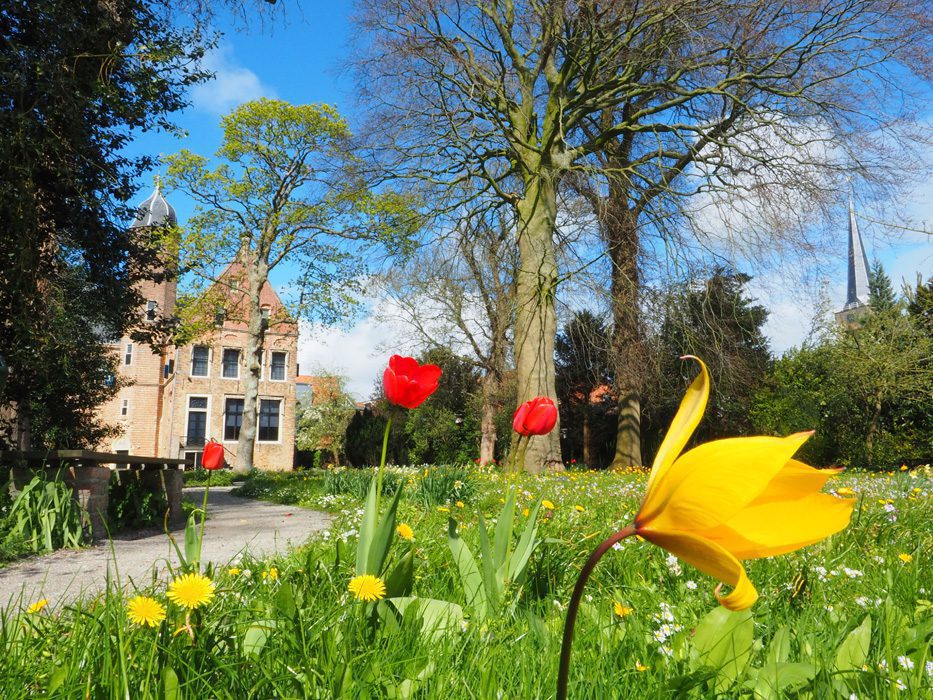
Martenastins Museum Martena Stinzenflora (castle flora) – Franeker
This Frisian top attraction is also fun for children, because here they can delve into the history of Frisian knights. And while you’re in Franeker, don’t forget to visit the Royal Planetarium Eise Eisinga, soon to be proclaimed a UNESCO World Heritage site or the magnificent town hall, both just around the corner.
Illustrious past
In the center of Franeker you will find many historical buildings. For centuries Franeker was an important town. In the Middle Ages Franeker developed into the most important settlement of northern Westergo. This area was formerly an island surrounded by the sea: the Middelzee, which was already drained in the Middle Ages and the Marneslenk (channel). The salt marshes were regularly flooded by high tide. From 3000 B.C. onwards, the inhabitants sought safety on artificial mounds called terps, settlements of which many were partially excavated in the 19th and 20th centuries.
In the 11th and 12th centuries, the area surrounding Franeker was presumably the first region in Friesland to install some form of public administration. This area was also the starting point for experiments pertaining to a new method for protecting the land: the construction of dikes. This led to economic prosperity as well: the land became less prone to salinisation and could therefore be used for a longer period of time.
Franeker held an important position in Franekeradeel, in the Vijf-Delen (Five Sections) and in the whole of Westergo and therefore was a desirable place for hoofdelingen, large landowners with administrative powers, to settle. They built their homes, stinzen, in Franeker; the Martenastins, for example. Craftsmen and tradesmen followed. In 1402, Franeker acquired market rights and soon the administration was organised in such a way that Franeker could be designated as a town.
University
In 1585 a university was founded in Franeker. Up to 1811, students could read theology, law, medicine, classical languages, philosophy, maths and physics. The presence of scientists formed a huge attraction, and that in turn was also profitable for inn-keepers, tradesmen and craftsmen. The town welcomed famous visitors such as Descartes, Prince Friso of Orange, Peter Stuyvesant and Anna Maria van Schurman.
It is likely that Anna Maria van Schurman spent her childhood in the Martenastins, the town castle, while her father and brother studied in Franeker. She was the first woman in the Netherlands to have studied at a university. Not in Franeker (she was still too young then) but later on at the university of Utrecht. At an early age, Anna Maria showed herself to be extremely talented. She learned Latin for example, which was a rare accomplishment for a woman in those days. She also studied several other European languages: Greek, Hebrew, Aramaic, Syrian and Ethiopian.
European City of the Reformation
Since 2017 Franeker bears the title of ‘European City of the Reformation’. This title was bestowed upon the town by the Community of Protestant Churches in Vienna.
Together with Gennep and Woerden, Franeker is the third Reformation city in the Netherlands. At the moment a total of 96 cities in 17 countries are permitted to carry this title. In 2016 a small working group, commissioned by a number of local churches, started the application process.
Reverend Flora Visser- Van Enkhuizen of Makkum, a member of the working group: “Franeker played an important part in the history of the Reformation. It housed a Mennonite center. Menno Simons (Witmarsum, 1496-Bad Oldesloe, Schleswig- Holstein, January 31, 1561) renounced the radical stance of the Anabaptist movement and founded a religious community that moved forward elsewhere. The Mennonites (named after their founder) spread out over Northern Europe and eventually all over the world. It was their belief that religion should be reflected by how one lived. They eschewed war and violence. In the 16th century a university was founded in Franeker and this played an important part in the education of students from all over Europe. The Reformation, which gave the Protestant Church the upper hand in Friesland, provided a place where theology could be studied in safety.”
Interaction between European Cities
The European Cities of the Reformation (www.reformation-cities.org) is a project initiated by the CPCE, the Community of Protestant Churches in Europe. The goal is to strengthen the bonds between the European churches and the villages and cities they serve and to celebrate the 500th anniversary of the Reformation in 2017. The program stimulates a lively interaction between art, culture and spirituality and promotes historical adventure and tourism in the villages and cities where the Reformation evolved.
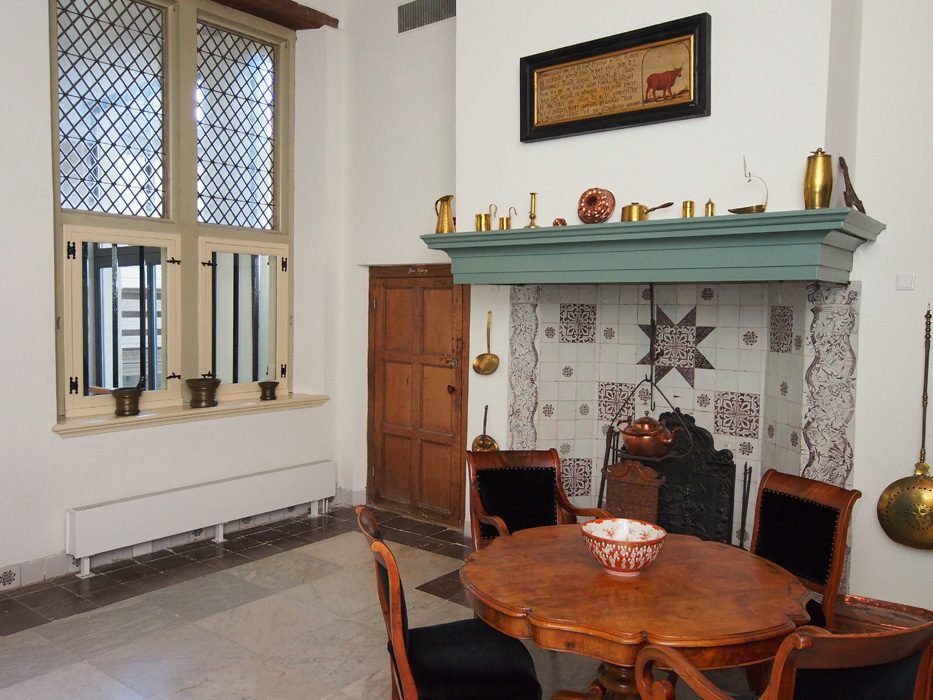
Martenastins Museum Martena – Franeker
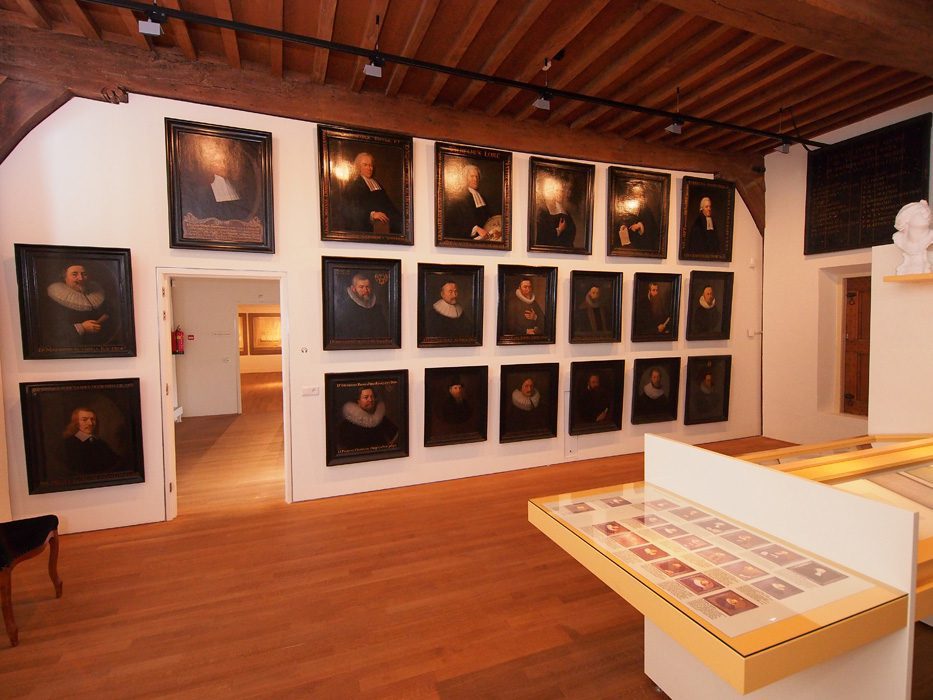
Martenastins Museum Martena – Franeker
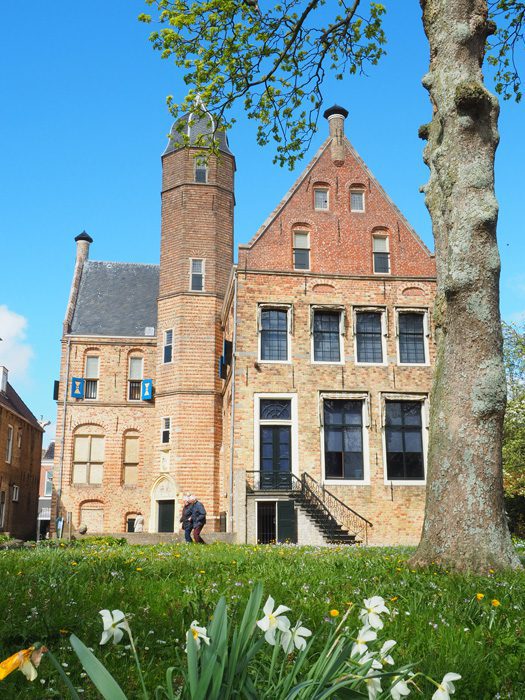
Martenastins Museum Martena – Franeker
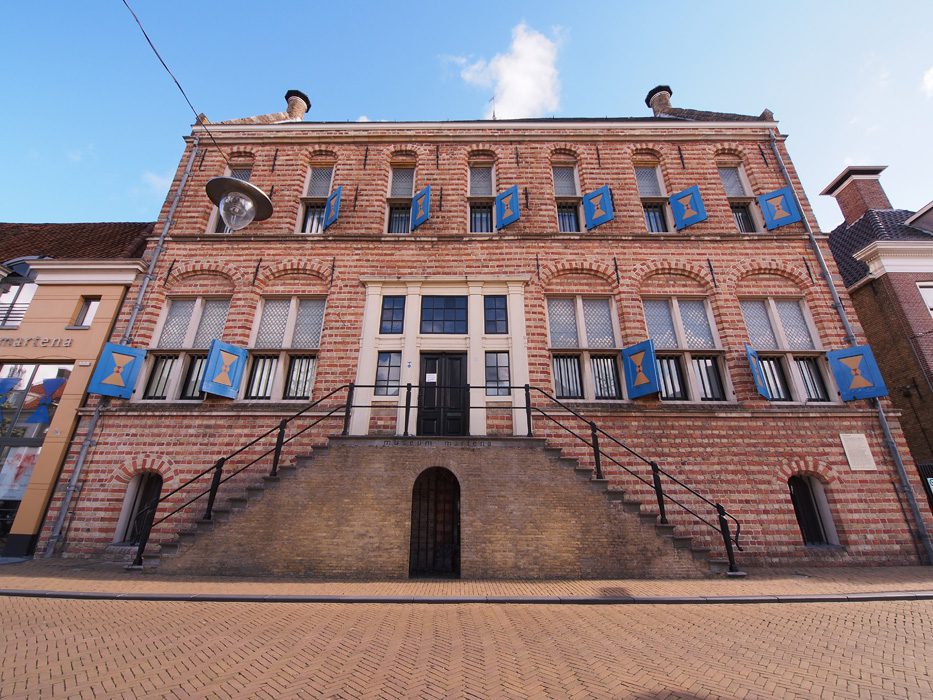
Martenastins Museum Martena – Franeker
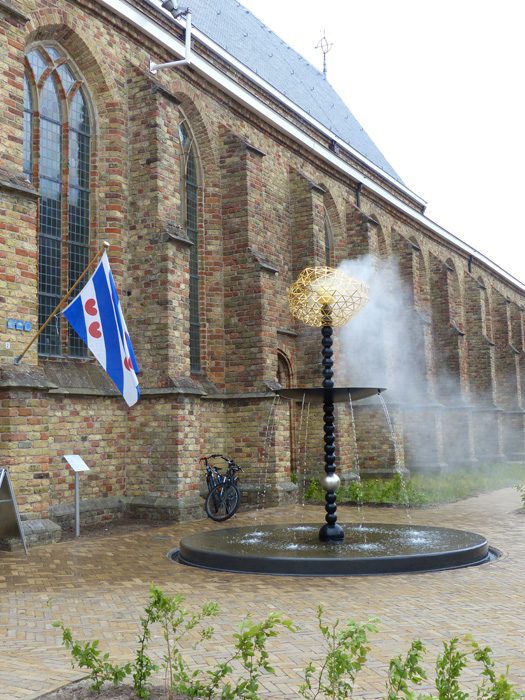
Fountain De Oortwolk – Franeker
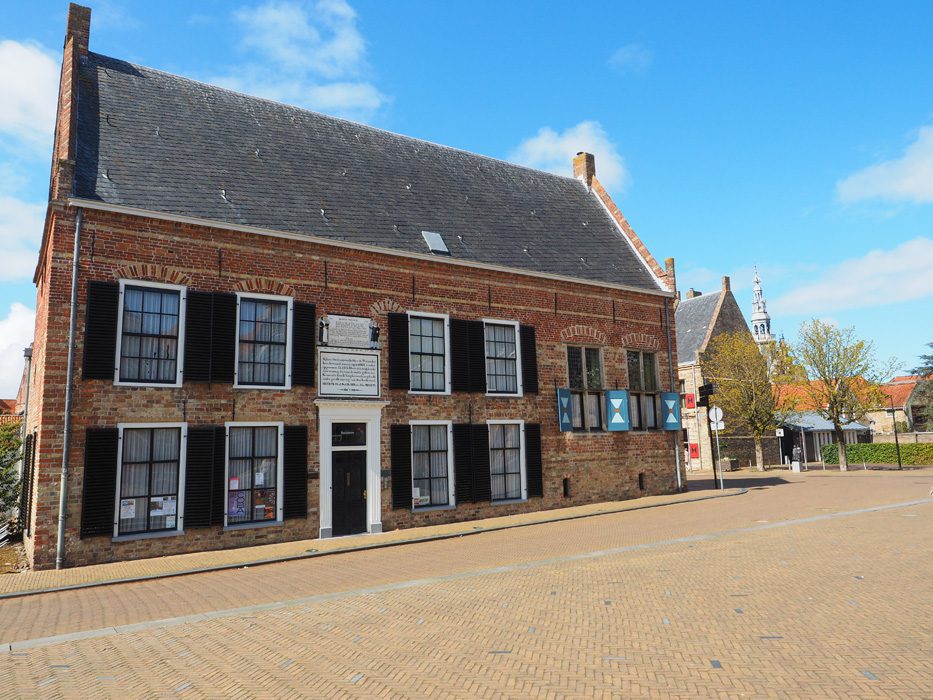
Diakens Weeshuis (orphanage) (1668) – Franeker
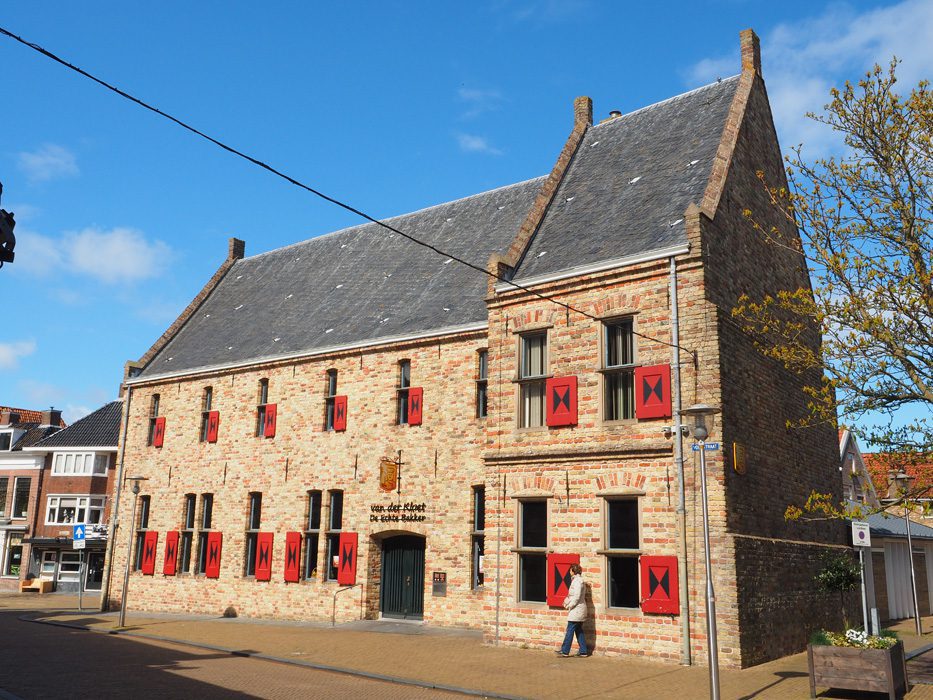
Camminghahuis (1400) – Franeker
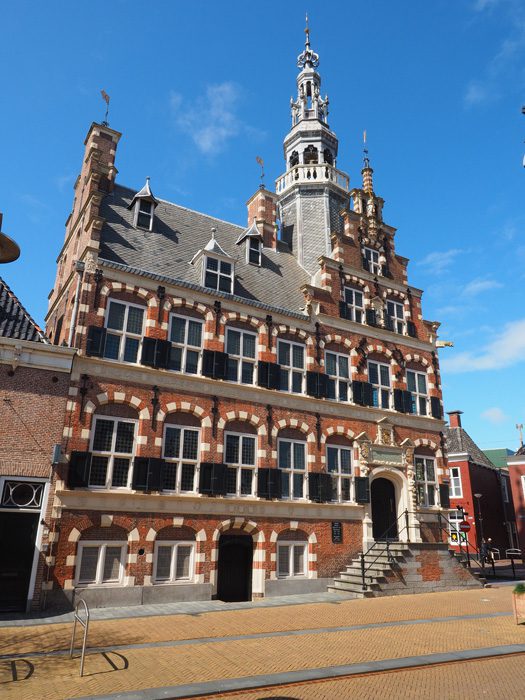
Townhall – Franeker
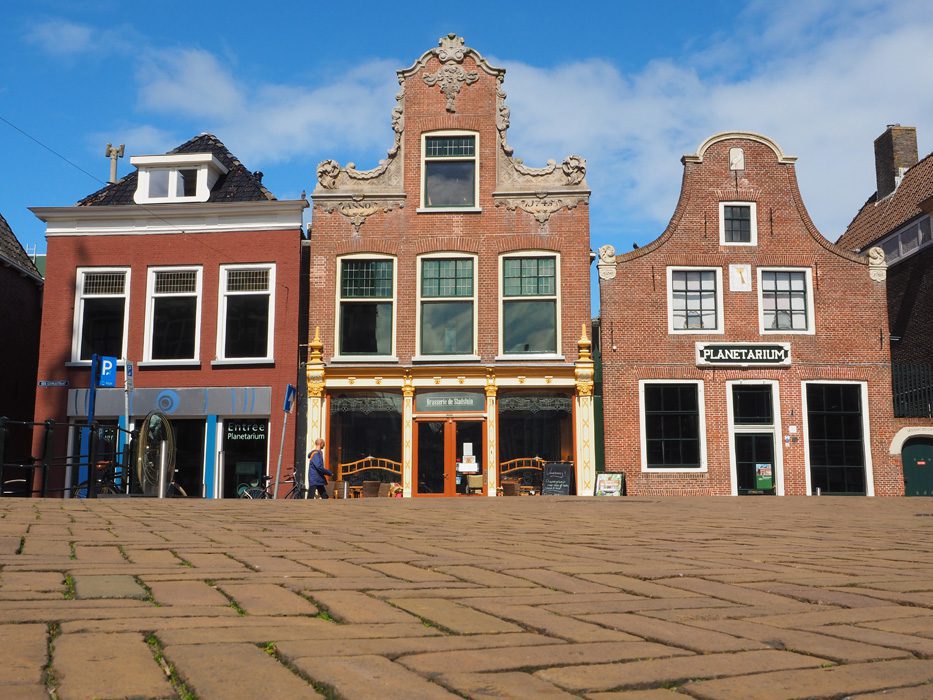
Royal Eise Eisinga Planetarium – Franeker
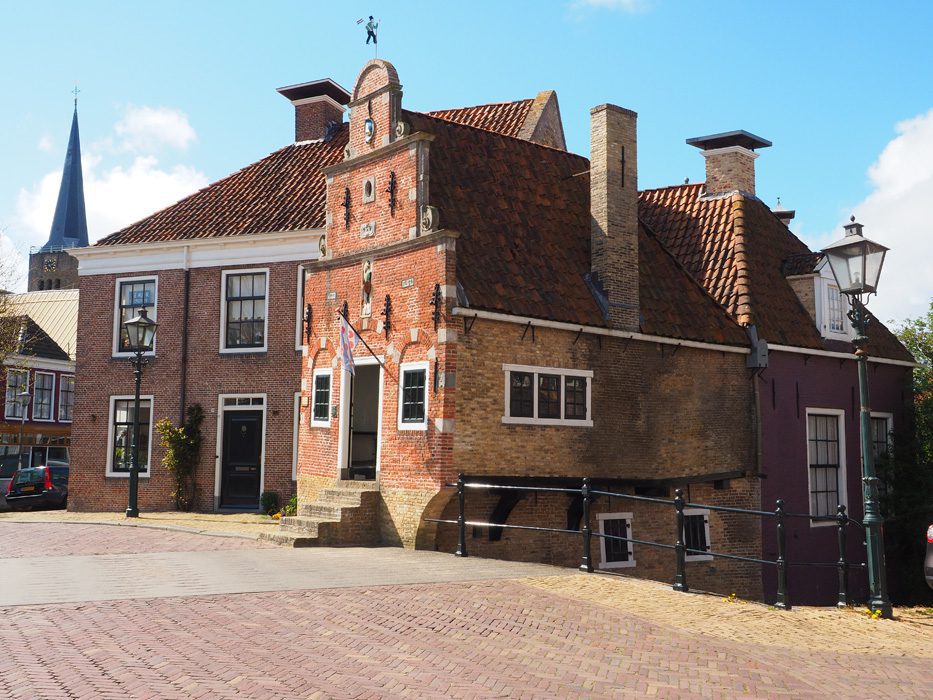
Korendragershuisje (1636) – Franeker
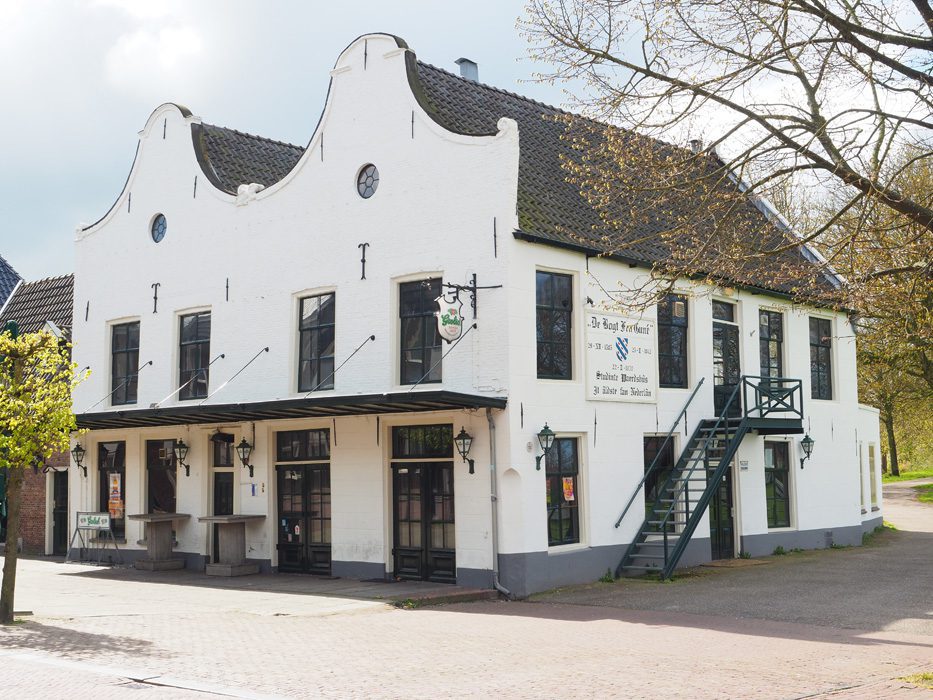
De Bogt fen Guné (1585) – Franeker
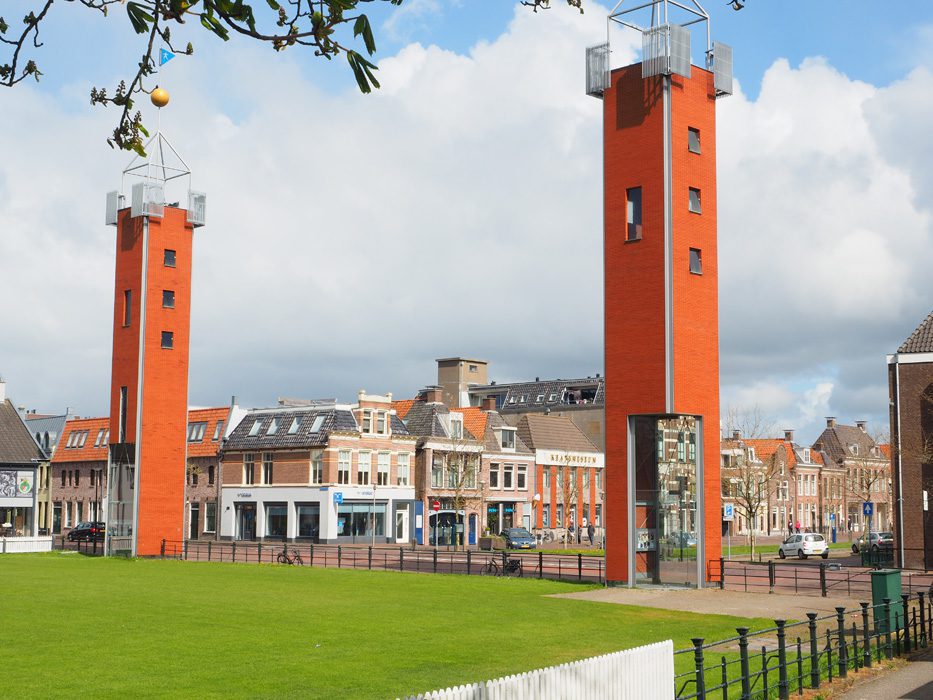
Kaatsveld PC Franeker
